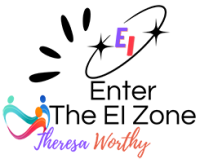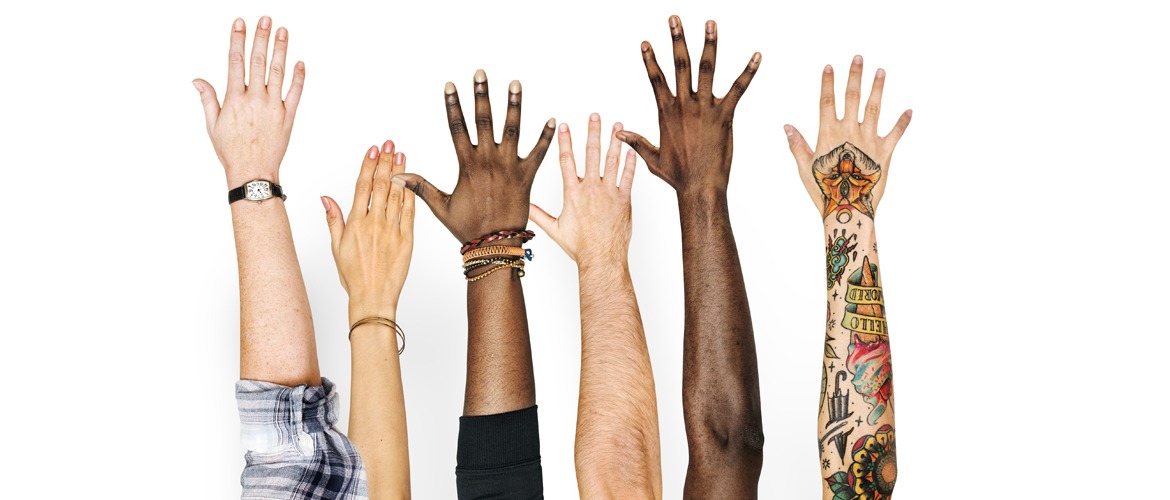And diversity is? That is a question for the ages. Diversity is not so much an issue as it is a lifestyle. Consider our own lifestyles. All of us would get bored and irate if every restaurant we entered only had one food choice on the menu. Not one variation, or one choice in many variations—one choice! Thus, we could get a hamburger patty at a hamburger joint, a hot dog bun at the hot dog cart, and one part of the chicken at a chicken establishment—the leg. Now for some, the leg would be fine, but for those of us who enjoy a breast, thigh, or wing? Not good enough. We’d be forced to go home and cook. And that’s unacceptable, right? Dare I mention clothing stores with one item of clothing, or shoe stores with one style shoe, a department store with one department that has one single item in one color only? None of the above is appealing in the least. We would boycott! And yet most of us are not bothered at all to walk into many places of business and see people who all look the same.
I repeat: Diversity is not so much an issue as it is a lifestyle.
Businesses, organizations, associations, and city busses can all benefit from diversity. Variety is a good thing. Allow me to put the art of storytelling to work here to help cement the meaning of diversity.
I was in the Apple store a few weeks ago and found it very crowded. As I moved deeper into the store and saw no one to help me I was tempted to retreat. At that moment, a young woman who looked like me smiled at me and asked “May I help you?”
“Yes,” I said. “I need to schedule an appointment to have my computer looked at to correct an issue I’m having and I’d also like to buy a hard drive to back up my files.”
“I can help you with your appointment,” she said.
And she did. At that time I expected her to lead me to the hard drives, but instead she said “Now I’ll get someone to help you with the hard drive.”
“Why can’t you help me?” I asked, secretly thinking that she was brushing me off.
“I’m here to help customers with appointments and to direct them to other parts of the store for anything else that they need,” she replied. I watched as she spoke into a headset microphone. With my peripheral vision I saw someone approaching.
“Here is Tom,” she said. “He can help you with the hard drive.”
I turned to look into the face of a young man, but at the same time without looking directly, I noticed that he had no hands. To be sure I glanced at his arms. I was right. He had no arms. “Hi,” he said. “Do you have any idea how many terabytes you need?”
And just that quickly he put me at a disadvantage because I had no idea what a terabyte was. “I don’t even know how many gigabytes— if that’s a correct term—I have. I know I have a Mac computer and that it’s a desktop that I was told has huge storage capacity.”
He smiled at me. Do I detect a note of pity? I asked myself. He politely helped me find a hard drive and then was able, to my astonishment, to ring me up with his Ipad. “Do you like music?” he asked as I watched him place the iPad on a counter and use his wrist to complete my transaction. “Yes,” I said. He told me the name of a new album by the Jonas Brothers, commented on the songs and then thanked me. It was only after he turned and walked away that I noticed that he had no legs either. He walked on those metal legs like the famous track star, Oscar Pistorious. I left the store completely content with an appointment, a new hard drive, and the name of a new album.
That young man’s presence at work in the store was an example of diversity or variety at its best. He was disabled, but more than capable of doing the job he was hired to do. His employer had no need to search for someone else with hands and legs when he had Tom, who had the skills and aptitude to do the job even though on first appearance it would seem that he did not. No wonder Apple is a leader in the business of computers, tablets, and whatever else they make.
That day Diversity gained another rung on the ladder of opportunity possibilities for all. Diversity resulted in an outcome that every business desires, a happy customer, who was very pleased with a purchase and an experience so much so that returning to do business again was a definite.
Deloitte Touche Tohmatsu, Limited, known as Deloitte, is an independent firm that provides professional services to other businesses that have clients in multiple locations. It is also known as a professional services network. They provide audit, tax, consulting, enterprise risk and financial advisory services.This company is the 4th largest privately owned company in the United States and the largest professional services industry in the world.
A 2017 Deloitte study on diversity states that diversity and inclusion has become a CEO level issue around the world. That says to me that changing the cultural structure of a company has to begin at the top. Deloitte also published a chart that compared what they call the New Rules of Diversity versus the Old Rules. Old rule defines diversity as gender, race and demographic differences. The new rule defines it in a broader sense to include ‘diversity of thought’ to address people with autism and other cognitive differences.
Now that’s a lot of jargon to say that the current definition of diversity is variety. We can all understand variety. Variety is the spice of life, right? Every person in the world is equipped with their own life stories. These stories are real and diverse. When shared, these stories have the power to make real connections. Or a network if you will. Real connections lead to real progress. Progress makes room to allow all to participate in society and to thrive. Once again: and diversity is?


